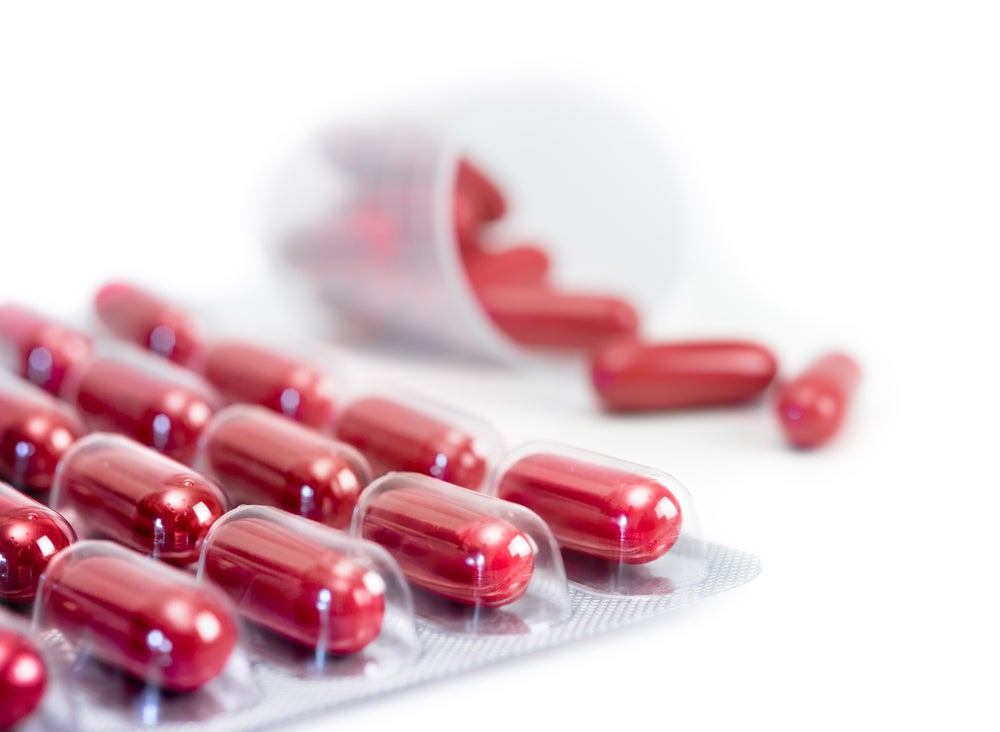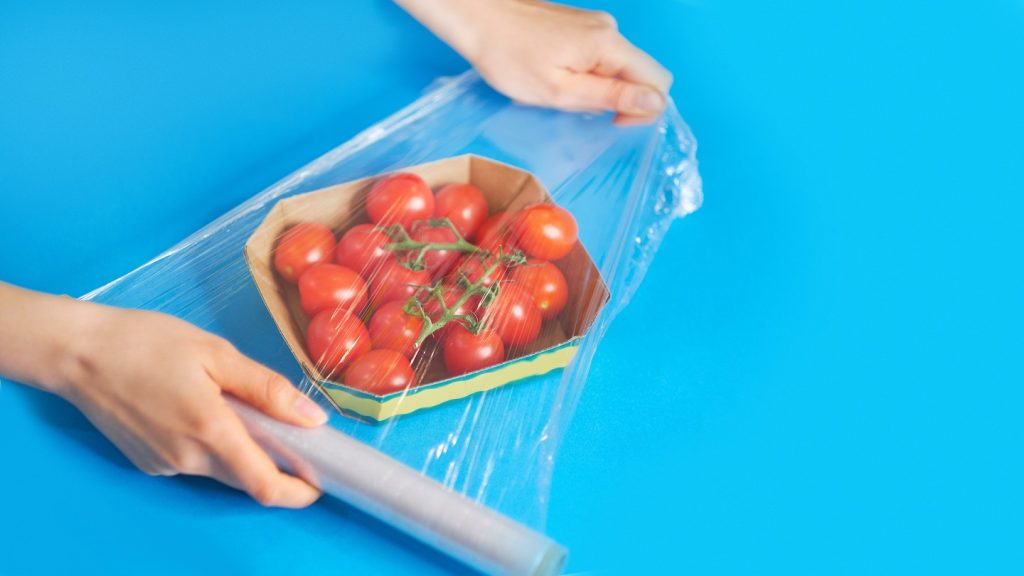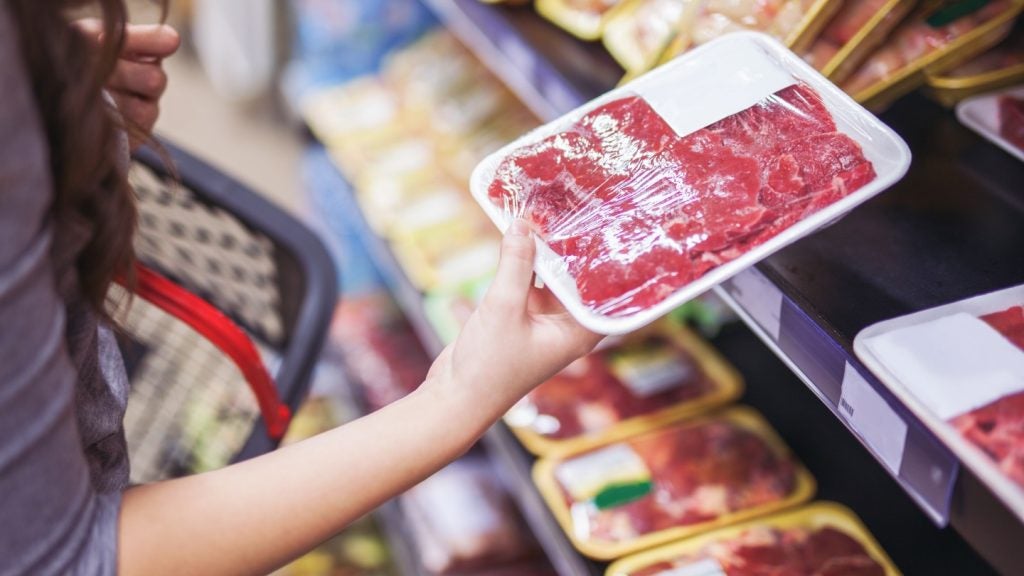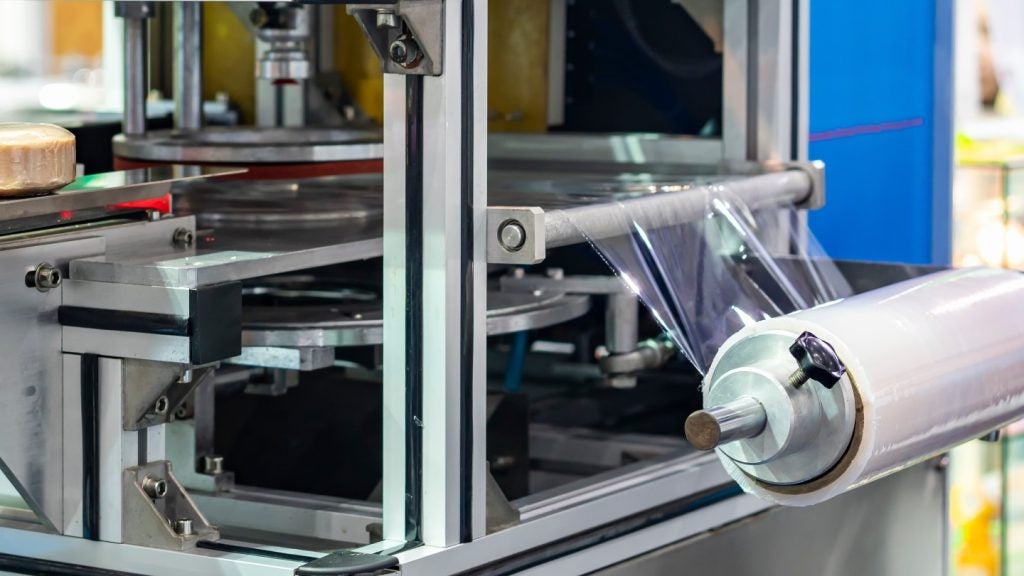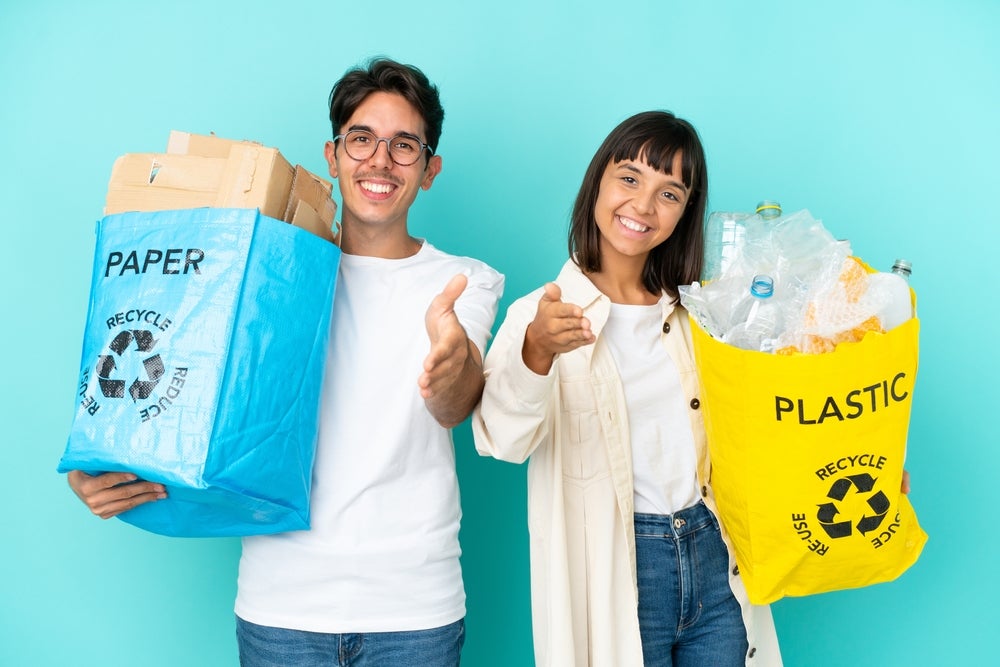As of the end of 2018, the Chinese pharmaceutical packaging industry stood at a staggering 106.8 billion yuan, reports Zenopa.
What's noteworthy is the shift in materials used for drug packaging, with plastic and composite materials emerging as key players, representing 43% and 24% of the industry's total value, respectively.
Once heavily reliant on traditional glass containers, the pharmaceutical industry has witnessed a significant transformation in packaging materials.
Plastic, particularly in the form of COP (Cyclic Olefin Polymer), has emerged as a compelling alternative. This shift is driven by several factors, including cost-effectiveness and durability.
COP containers have demonstrated their mettle by offering enhanced protection to medicines, ensuring their stability and efficacy. This has not only piqued the interest of pharmaceutical companies but also raised the bar for packaging standards.
Composite materials in the mix
While plastic, notably COP, has taken centre stage, composite materials have also secured a substantial chunk of the pharmaceutical packaging industry.
With a 24% market share, these materials offer a unique blend of characteristics, combining the strength of plastics with other desirable properties like barrier protection and transparency.
This diversification in packaging materials not only provides pharmaceutical companies with more choices but also drives innovation in the industry as manufacturers strive to meet evolving demands for sustainability and product integrity.
Implications for the industry
As plastic and composite materials continue to gain ground in pharmaceutical packaging, the industry faces both opportunities and challenges.
On the positive side, this shift promises cost savings, improved drug preservation, and greater flexibility in design. However, it also raises questions about sustainability and environmental impact.
Pharmaceutical companies and packaging manufacturers must strike a balance between reaping the benefits of these modern materials and addressing concerns regarding plastic waste and environmental responsibility.
The ongoing evolution of pharmaceutical packaging will undoubtedly play a pivotal role in shaping the future of drug delivery and patient care.


